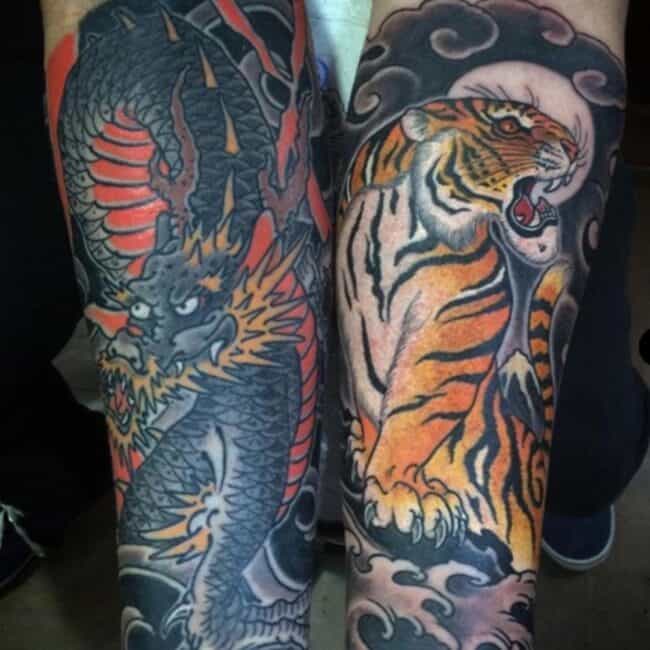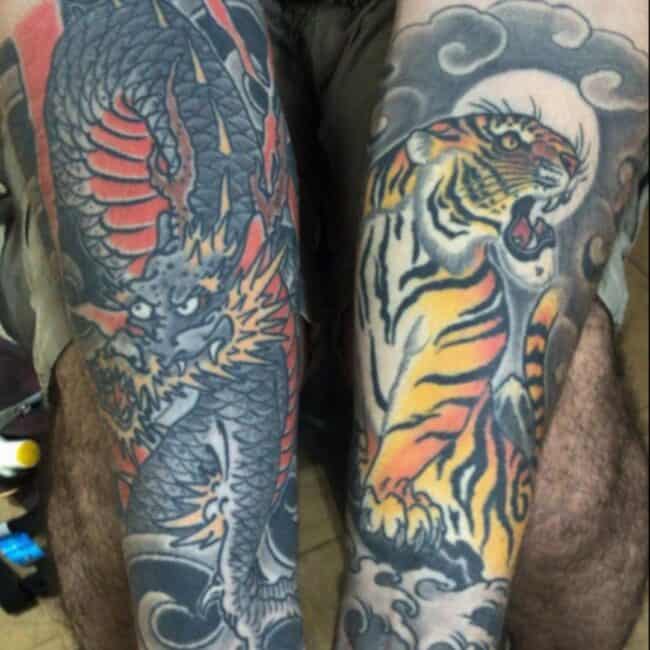Tattoo Fading Explained: The What, How, and Why of Ink Longevity
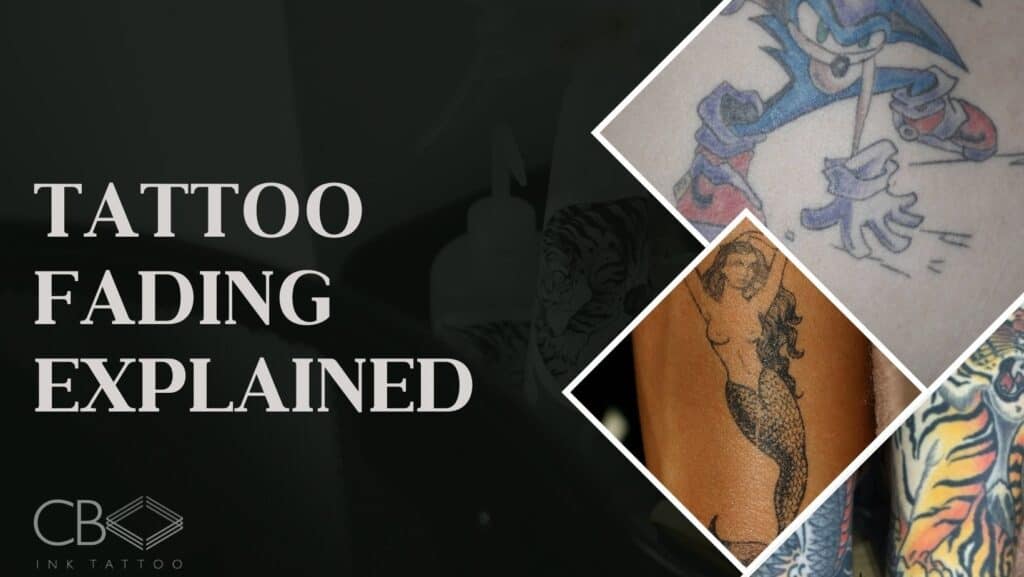
Tattoos are a powerful form of self-expression and, for many, a lifelong commitment. But one common question clients ask is: “Will my tattoo fade?” The truth is, yes, all tattoos fade over time. However, the degree of fading and how quickly it happens depends on several factors, including tattoo style, placement, and aftercare. Let’s break down the science of tattoo fading, what you can do to slow it down, and how simple touch-ups can keep your ink looking sharp for years. The tattoos below are for demonstration purposes only and weren’t done at CB Ink.
What Happens to Your Skin After Getting a Tattoo?
When you get a tattoo, ink is injected into the dermis, the second layer of your skin. The dermis is much more stable than the epidermis (the outer layer), which sheds and renews itself constantly. Because the ink particles are too large for your skin to remove, they settle into the dermis and remain visible.
However, your immune system doesn’t see tattoo ink as welcome. Macrophages, a type of immune cell, attack the ink particles as they would any foreign object. While these cells can’t completely remove the ink (because the particles are too big), they slowly break it down over time. This gradual breakdown is one of the main reasons tattoos fade.

How Do Tattoos Fade Over Time?
Tattoo fading is influenced by both your body’s natural processes and external factors. Over time:
Macrophages continue to break down ink particles, which can cause them to disperse.
UV Rays from sunlight penetrate the skin and deteriorate the ink, making it less vibrant. And let’s be real, with our harsh Aussie sun, this is no joke.
Ink Migration happens as ink spreads slightly into surrounding skin, blurring sharp lines and fine details.
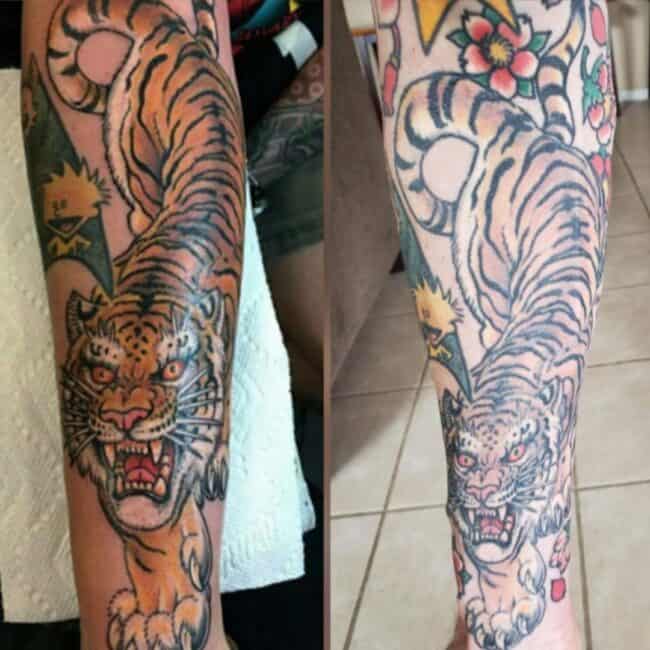
Styles and Placement: Why Some Tattoos Fade Faster
Not all tattoos are created equal. Some styles are built to last, while others are more prone to fading:
Traditional Tattoos: Known for bold black outlines and saturated colours, this style holds up incredibly well over time. The thick black lines act as “walls” to keep the ink in place, and the dense colour resists fading better than delicate designs.
Example: A well-done Traditional tattoo, with proper care, can look nearly identical a decade later.
Fine Line Tattoos: Thin lines and delicate details look incredible when fresh but are far more prone to fading over a long period of time. Although, with the right care and sun protection they can look great for years.
The placement of your tattoo also matters. Areas with high friction or constant movement (like hands, feet, and knees) will experience faster fading because the skin in those areas regenerates more frequently. In contrast, tattoos on the back, chest, or thighs — which see less wear and tear — typically last much longer.
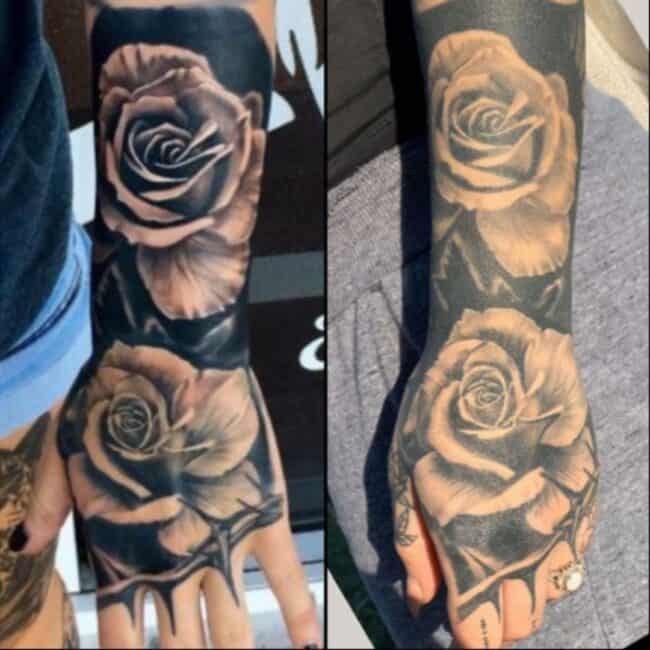
Factors That Accelerate Tattoo Fading
Several factors can speed up the aging process of your tattoo:
Sun Exposure: UV rays break down ink particles. Without sunscreen, even the best tattoos will fade prematurely — and in Australia, that happens faster than you can say “slip, slop, slap”.
Improper Aftercare: Neglecting aftercare, such as skipping lotion or sunscreen, can lead to scabbing and uneven healing.
Skin Type: Fairer skin tends to show fading faster compared to darker skin tones.
Ink Quality: High-quality ink lasts longer. Cheap inks may fade, blur, or discolour much quicker. No one wants a dodgy tattoo that looks like it’s seen better days.
Age and Skin Changes: As you age, your skin naturally becomes thinner and less elastic, which can impact how your tattoo ages.
How to Prevent Your Tattoo From Fading
While all tattoos fade eventually, there are ways to slow down the process:
Sun Protection: Always apply high-factor UVA/UVB sunscreen to your tattoos when exposed to the sun. This not only protects your ink but also your skin from harmful rays.
Moisturise Regularly: Dry, flaky skin can cause your tattoo to look dull and aged. Regular moisturising helps keep it vibrant.
Choose the Right Placement: Areas with less friction and sun exposure will hold ink longer.
Follow Proper Aftercare: Listen to your tattoo artist’s instructions for healing. Avoid picking, scratching, or soaking your fresh tattoo.
Touch-Ups: Most tattoos can be touched up after a few years to restore colour and sharpness. Many artists (including ours) offer a free or low-cost touch-up on their work.
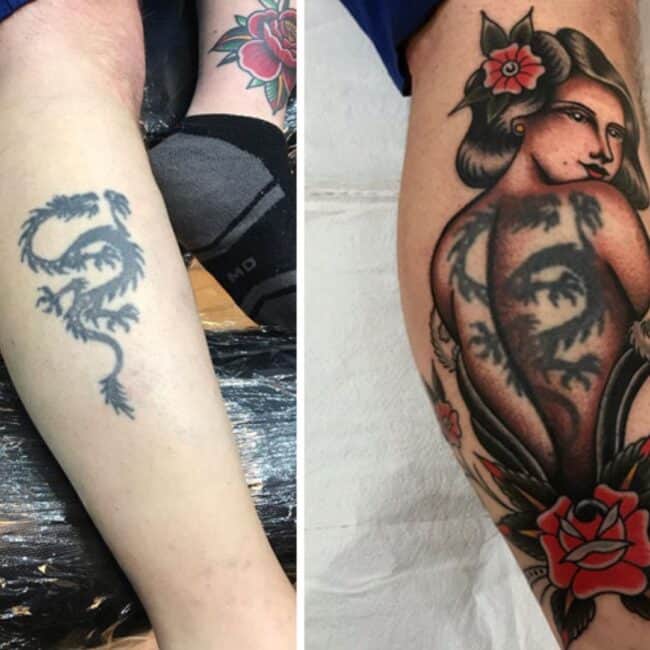
The Longevity of Traditional Tattoos
If you want a tattoo that stands the test of time, Traditional designs are a great choice. Their bold lines and vibrant colours hold up beautifully, even with age. A properly cared-for Traditional piece can look just as stunning a decade later, provided it was done by a skilled artist.
The Bottom Line: Tattoos Fade, But They Don't Have To Lose Their Charm
Tattoos are an investment, and with the right care, they can look vibrant for years to come. Yes, all tattoos fade over time — some faster than others — but simple steps like wearing sunscreen, moisturising, and getting regular touch-ups can make a huge difference. Choosing the right style and placement can also help your tattoo stay crisp and beautiful.
At CB Ink, we pride ourselves on creating tattoos that last. Whether you’re after bold, timeless styles like traditional or something more delicate, our skilled artists ensure your ink starts strong and stands the test of time. And remember, touch-ups are always an option to keep your tattoo looking its best.
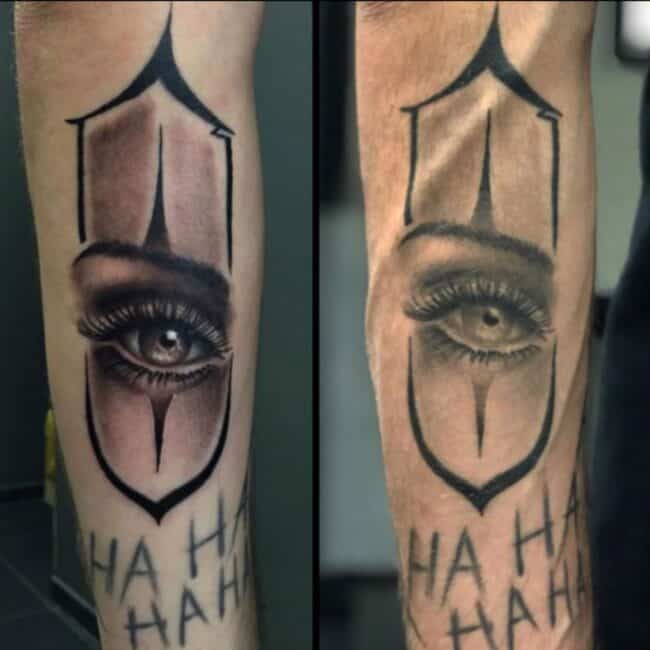
Ready for Your Next Piece?
Our internationally recognised team of 25+ incredible tattoo artists have a combined 100+ years of perfecting tattoos!
Check out our collection of realism tattoo ideas or fine line tattoo ideas if you are looking for more ideas.
Whether you’re a Brisbane local or are looking to travel, you simply won’t get a better tattoo anywhere else.
With more 5-star reviews than any other tattoo studio on the planet, you’d be crazy not to book an appointment today!
Have questions? Feel free to send us a message, we’re here to help.
